If you're considering a tiny home in South Carolina, you'll need to satisfy a mix of state building codes, specifically Appendix Q from the 2018 edition of the International Residential Code (IRC), for homes under 400 square feet, and navigate local county zoning rules, which can differ widely. Make sure you secure permits, schedule inspections, and check restrictions on things like foundations versus wheels. Each county enforces its own rules, so always contact your local zoning office first—especially if you want your tiny home dream to become a lawful reality. Discover more ways to stay compliant and avoid surprises ahead.
Legal Status of Tiny Homes Across South Carolina
Although South Carolina has embraced the tiny home movement, you’ll find that the legal status of these dwellings depends on both state adoption of building codes and local enforcement.
You can legally live in a tiny home here, but you must meet specific requirements, including size and safety standards.
Don’t assume every municipality treats tiny homes the same—local zoning ordinances may restrict where you can place one.
Before investing, research the county and city rules that apply to your property. Always secure necessary permits and schedule inspections.
Staying proactive guarantees your tiny dream home remains both compliant and hassle-free.
Understanding Appendix Q and Statewide Building Codes
To confidently build or own a tiny home in South Carolina, you need to understand Appendix Q and the state’s building codes.
Appendix Q, adopted from the 2018 International Residential Code, sets specific standards for houses under 400 square feet. It mandates a minimum ceiling height of 6 feet 8 inches and requires that you obtain permits and inspections before construction.
You can’t skip these steps—they guarantee safety, code compliance, and legal occupancy. Always consult your county’s building department to confirm the latest code adoption and requirements.
Careful attention to these details safeguards your investment and peace of mind.
Distinguishing Park Models From Traditional Tiny Homes
A clear understanding of the difference between park models and traditional tiny homes will help you navigate South Carolina’s regulations more confidently.
Park models are tiny homes on wheels, typically built to RV standards like RVIA 119.5, making them mobile and subject to RV regulations.
In contrast, traditional tiny homes aren’t limited to wheels—they can be placed on permanent foundations and are governed by residential zoning codes, such as Appendix Q.
When choosing your home, consider your preferred mobility, intended use, and compliance requirements.
Carefully match your home’s classification to local codes to avoid costly setbacks and guarantee legal placement.

County-by-County Overview of Tiny Home Regulations
While South Carolina broadly permits tiny homes, each county sets its own specific requirements that can greatly impact your building or placement plans.
For example, Greenville County enforces the 400-square-foot size limit and requires permits and inspections according to IRC standards. Charleston County follows similar guidelines, but local enforcement may differ.
In Richland County, tiny homes are only allowed in certain residential districts, and you must meet all building codes.
Always contact the local zoning or building department before starting your project. Staying proactive guarantees you’ll avoid costly mistakes and align your plans with the most current county-specific regulations.
Zoning Considerations and Land Use Restrictions
Understanding county regulations is just one piece of the puzzle—zoning and land use restrictions shape where you can actually place your tiny home in South Carolina.
Zoning ordinances often dictate whether you can build or park your tiny home on a specific property. You’ll need to confirm if your parcel is zoned for residential use and if tiny homes are explicitly permitted.
Some districts, like Richland County’s RM-2, welcome tiny homes, while others may restrict them entirely. Always consult your local zoning office before making decisions.
Choosing the right location saves you time, money, and headaches down the road.
Key Permitting and Inspection Requirements
Every tiny home project in South Carolina hinges on securing the proper building permits and passing required inspections—there’s no skipping this step if you want your dwelling to be legal and safe.
You’ll need to apply for a building permit through your county’s planning or building department before any construction begins. Inspections will occur at key phases: foundation, framing, electrical, plumbing, and final occupancy.
Don’t assume requirements are the same everywhere—rules can shift county by county. To avoid costly delays or potential fines, always communicate directly with local officials, document your compliance, and schedule inspections promptly.
Compliance guarantees safety and long-term peace of mind.

Navigating Size and Design Standards for Compliance
After securing permits and planning for inspections, your next challenge is meeting South Carolina’s strict size and design criteria for tiny homes.
You’ll need to guarantee your home doesn’t exceed 400 square feet and maintains a minimum ceiling height of 6 feet 8 inches. These measurements are enforced in counties like Greenville, Richland, and Charleston.
Don’t overlook essential design details—proper egress windows and fire safety features are mandatory. Adhering to these standards not only keeps your project legal but also enhances resale value and safety.
Study Appendix Q of the International Residential Code before finalizing your blueprints.
Connecting With Tiny Home Communities and Local Authorities
While steering through South Carolina’s regulations, forming connections with established tiny home communities and local zoning authorities will streamline your journey and prevent costly mistakes.
Engage directly with community leaders to gain insight into best practices and learn about zoning challenges or recent updates. Local authorities offer guidance on building permits, inspections, and compliance with the adopted IRC Appendix Q.
Don’t hesitate to ask questions or clarify county-specific ordinances, since regulations often differ by location. By networking within these circles, you’ll avoid pitfalls, access valuable resources, and guarantee your tiny home meets all legal requirements before you invest further.
Frequently Asked Questions
Can I Finance a Tiny Home in South Carolina With a Traditional Mortgage?
You’ll probably find it tough to finance a tiny home in South Carolina with a traditional mortgage.
Lenders usually require homes to meet minimum square footage and foundation standards, which many tiny homes don’t.
Instead, you should explore personal loans, RV loans (for park models), or specialized tiny home loans.
Talk to local banks and credit unions—they may offer flexible options.
Always check with lenders before building or buying to avoid surprises.
Are There Utility Hookup Requirements for Tiny Homes in South Carolina?
When you set up a tiny home, you’ll need to meet local utility hookup requirements just like with traditional houses.
Most counties require proper water, sewer, and electrical connections, and you can’t skip permits or inspections.
Some areas allow off-grid options, but you must prove your system is safe and up to code.
Always check with your local zoning and building department to verify your utility plans meet all regulations before starting construction.
What Insurance Options Are Available for Tiny Homes in South Carolina?
When insuring your tiny home in South Carolina, you’ll typically choose between homeowners, mobile home, or RV insurance, depending on your home’s classification.
You should contact specialized insurers who understand tiny homes, as standard policies mightn't cover unique risks.
Make certain your policy covers theft, liability, and natural disasters.
Don’t forget to ask about coverage for personal property and transportation if your tiny home is mobile.
Comparing quotes guarantees you get thorough protection.
How Do Property Taxes Apply to Tiny Homes in South Carolina?
When you own a tiny home in South Carolina, property taxes depend on how it’s classified.
If it’s on a permanent foundation and recognized as real property, you’ll pay property taxes just like a traditional home—based on assessed value and local rates.
If it’s a park model or on wheels, it’s often taxed as personal property, similar to an RV.
Always check with your county assessor to guarantee you’re paying the correct taxes.
Can I Use a Tiny Home as a Short-Term Rental Property in South Carolina?
Yes, you can use a tiny home as a short-term rental in South Carolina, but you must navigate local zoning laws and permitting requirements.
You'll need to verify with your county’s zoning department if your property allows short-term rentals, as rules differ by location.
Don’t forget to comply with building codes, obtain necessary permits, and collect accommodations taxes.

Conclusion
As you navigate South Carolina’s evolving tiny home landscape, don’t overlook the importance of local research and clear communication with county officials. Familiarize yourself with Appendix Q, seek out supportive communities, and always double-check zoning and permitting rules before building or buying. By staying informed and proactive, you’ll avoid setbacks and guarantee your tiny home dream becomes a legal, sustainable reality—making your shift to simple living smooth, secure, and truly rewarding.
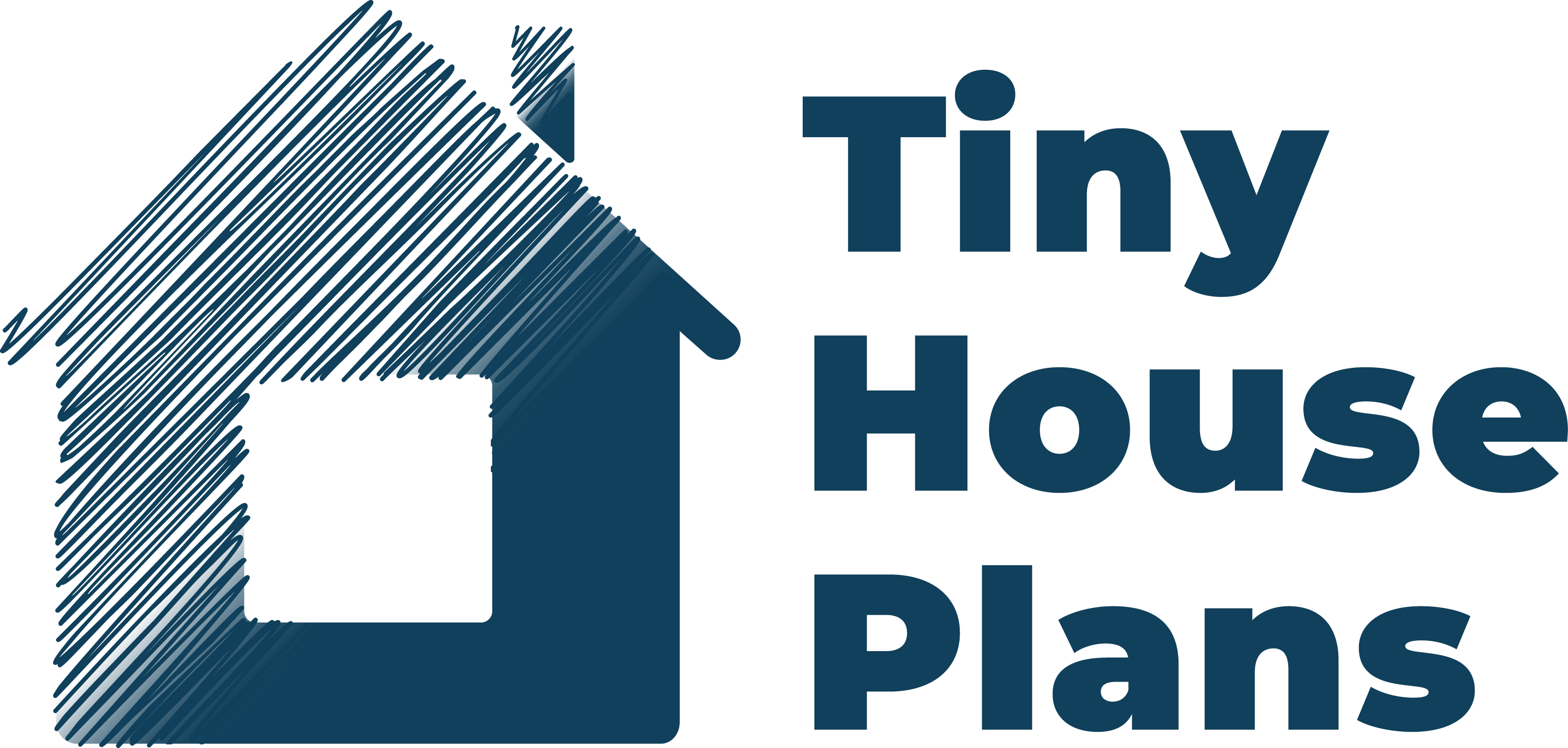

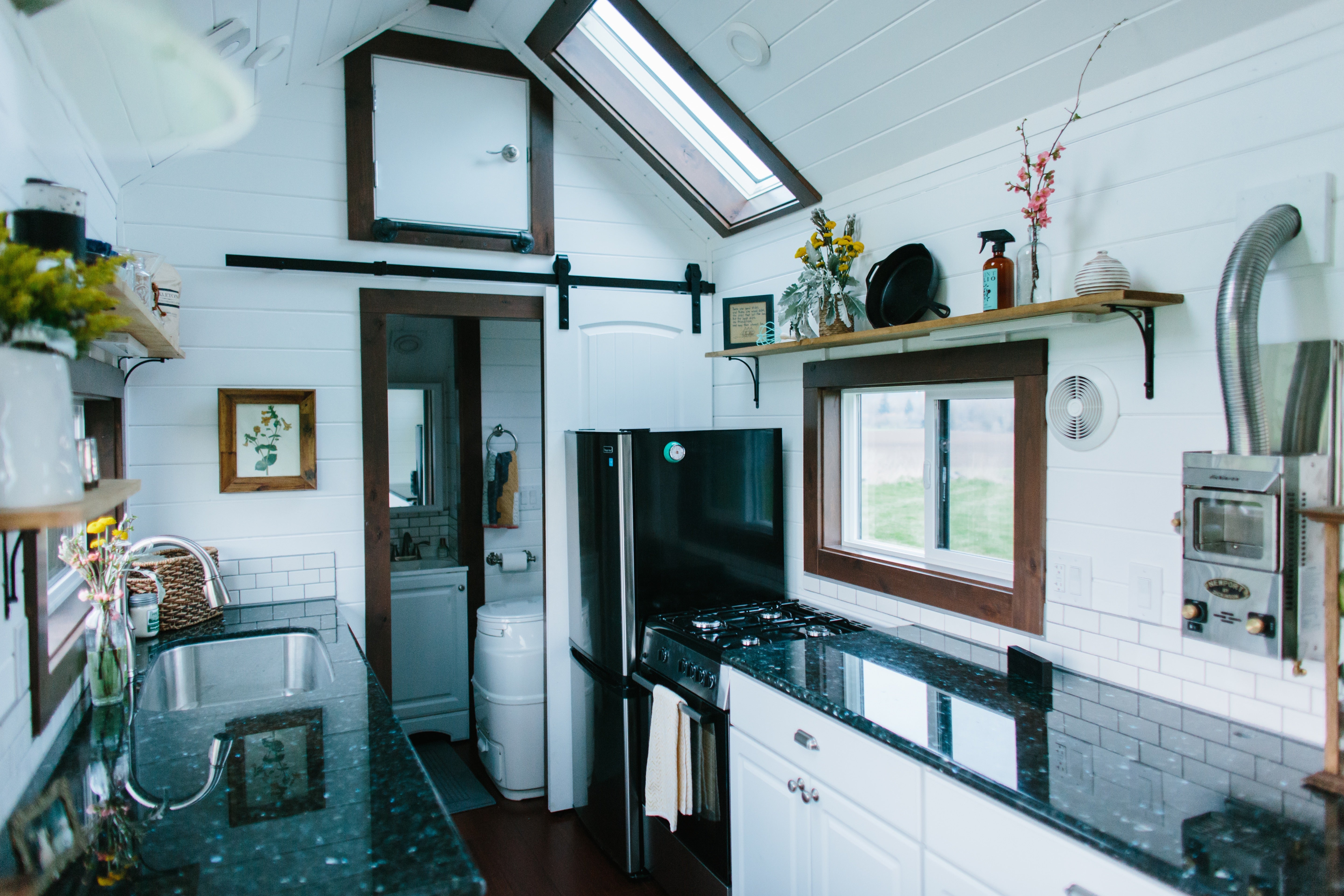
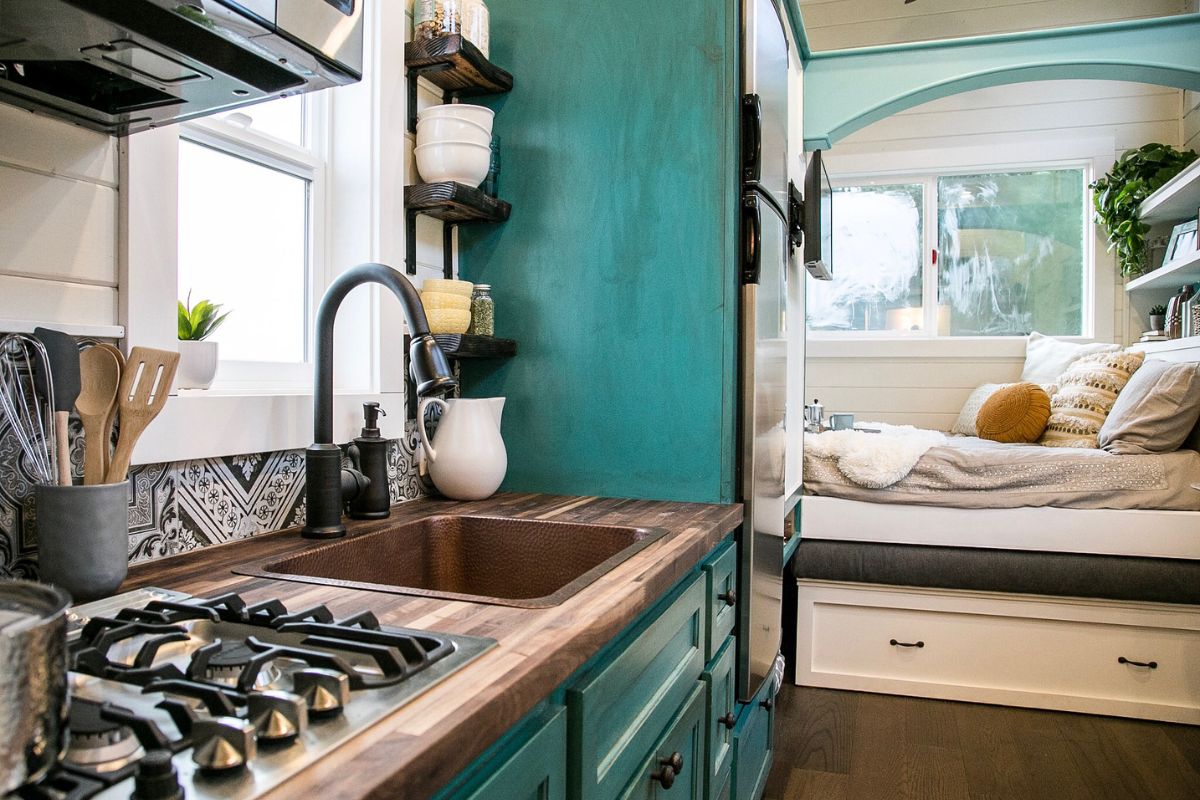
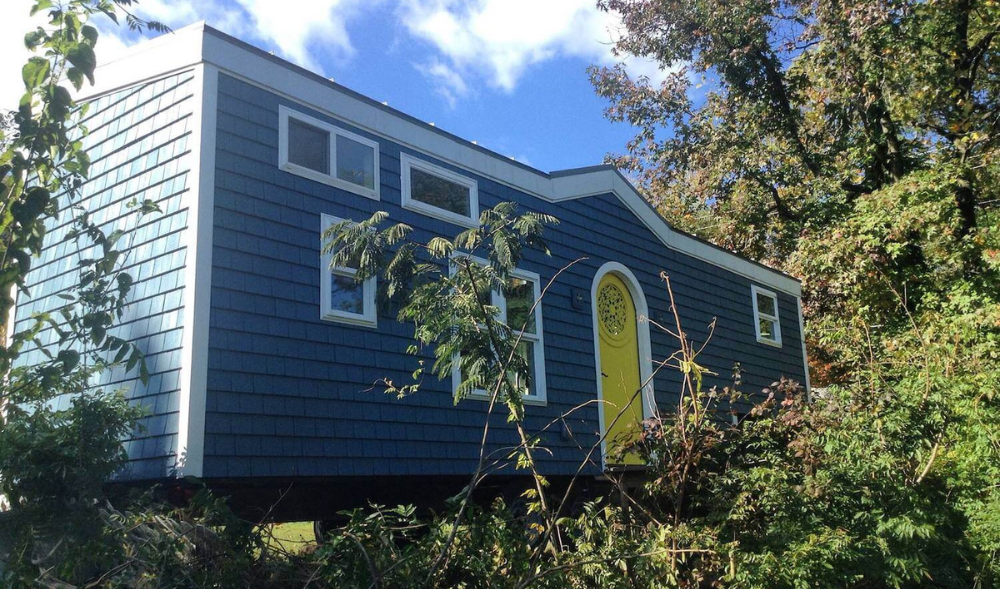
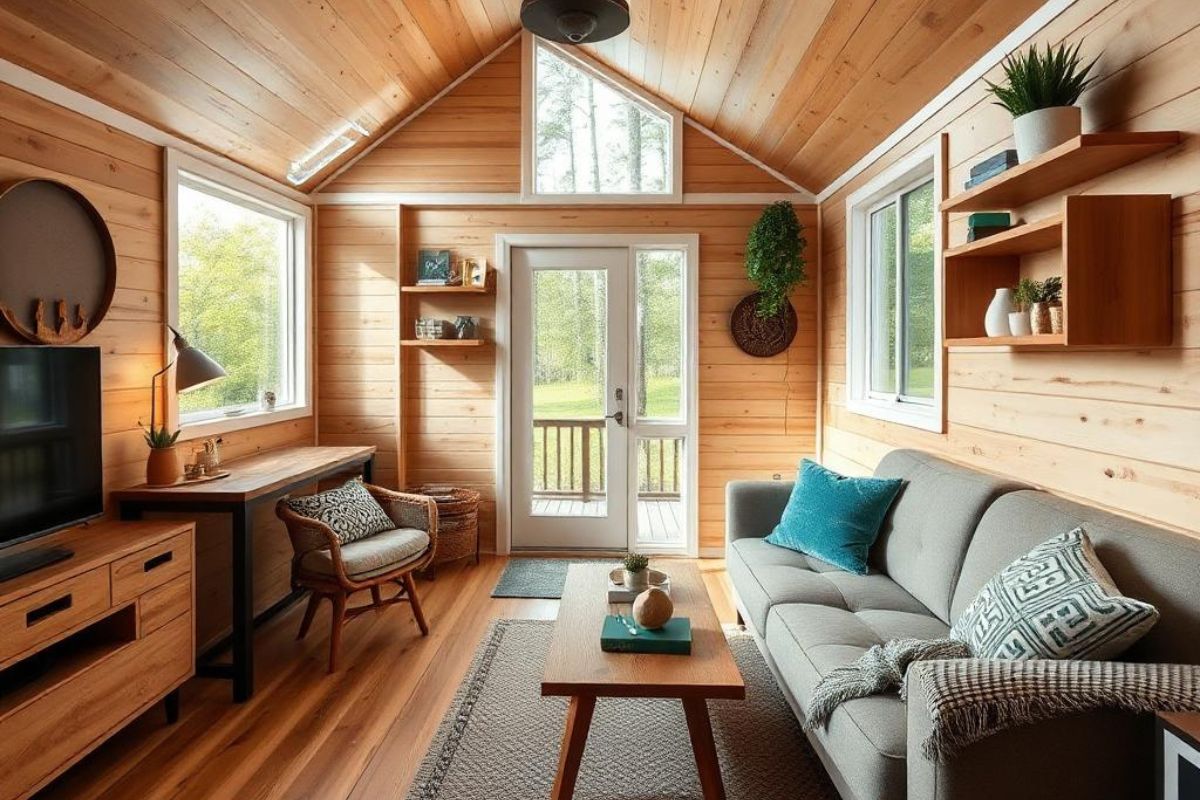
Share: